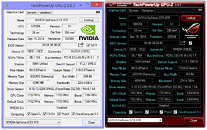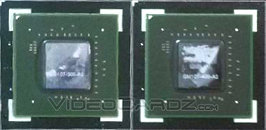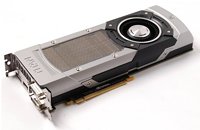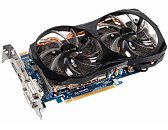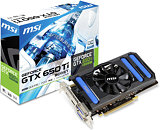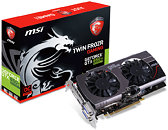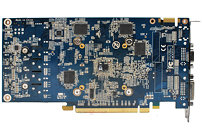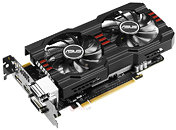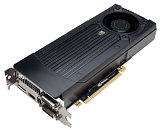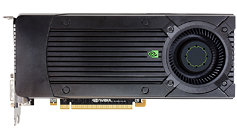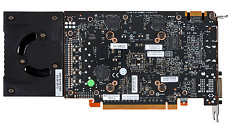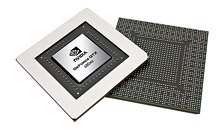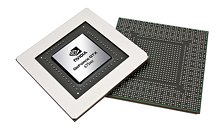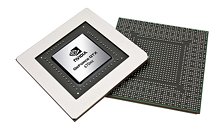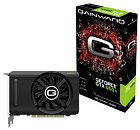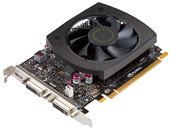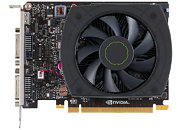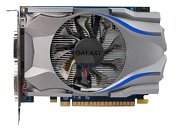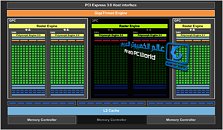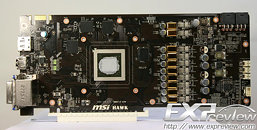
TechPowerUp Announces GPU-Z 0.8.3
TechPowerUp announced the latest version of GPU-Z, the popular graphics system information, monitoring, and diagnostic utility. Version 0.8.3 adds support for new GPUs, updates support for existing ones, adds new features, and addresses some bugs. To begin with, GPU-Z adds a new feature that tells you if the video BIOS embeds a UEFI module or not, letting you use some of the newer OS features such as Secure Boot and Fast Boot.
GPU-Z 0.8.3 comes with support for new and upcoming GPUs, such as NVIDIA GeForce GTX 980 Ti, GTX 965M, GTX 950M, NVS315, and GT 750 (GK106). On the AMD front, it adds support for AMD "Fiji" GPU, with its new memory technology; and "Mullins" APU (Radeon R2 and R3 series). It also adds support for the integrated graphics cores inside several Intel Core "Broadwell" CPUs. OpenCL detection code is improved, and a missing PerfCap sensor bug is fixed.DOWNLOAD: TechPowerUp GPU-Z 0.8.3 | GPU-Z 0.8.3 ASUS ROG Themed
The complete change-log follows.
GPU-Z 0.8.3 comes with support for new and upcoming GPUs, such as NVIDIA GeForce GTX 980 Ti, GTX 965M, GTX 950M, NVS315, and GT 750 (GK106). On the AMD front, it adds support for AMD "Fiji" GPU, with its new memory technology; and "Mullins" APU (Radeon R2 and R3 series). It also adds support for the integrated graphics cores inside several Intel Core "Broadwell" CPUs. OpenCL detection code is improved, and a missing PerfCap sensor bug is fixed.DOWNLOAD: TechPowerUp GPU-Z 0.8.3 | GPU-Z 0.8.3 ASUS ROG Themed
The complete change-log follows.
